In construction, just like the type of steel, aggregates are also used. They are basically coarse particulate that is rock-like materials consisting of the collection of particles ranging in different sizes i.e, from <0.1 mm> to 50 mm. These aggregates include crushed rock, sand, recycled concrete slag, and synthetic aggregate.
Aggregate is basically the granular material such as gravel, sand, crushed, stone, concrete, iron-blast furnace slag, etc that is used with hydraulic cementing medium to produce either the mortar or concrete.
One of the major types of aggregates include fine aggregate and coarse aggregate which are further divided into various types and classifications based on their size. Here the aggregate is also called bound material when it is mixed with bonding material or cement.
Uses of Aggregate
Aggregate is one of the essential ingredients of concretes. The main uses of aggregate in concrete are:
- It increases the volume of concrete and reduces the cost. Aggregates account for 60% to 75% of the volume of concrete and 79-85% weight of PCC.
- It provides a rigid structure.
- Concrete aggregate can be used in various structures and substructures such as different elements of bridges, buildings, and foundations.
- Here greater the aggregate size, the larger the void resulting in wastage of binding material.
- In addition, the smaller the aggregate size the greater is surface area and more binding material will be required in that case resulting in higher cost.
Coarse-Grained Aggregates: These aggregates will not pass through the sieve with around 4.75 mm openings. Also, the particles are predominantly retained on the 4.75 mm sieve. It will pass through a 3-inch screen which is called coarse aggregate. The coarser the aggregate more will be the economical mix.
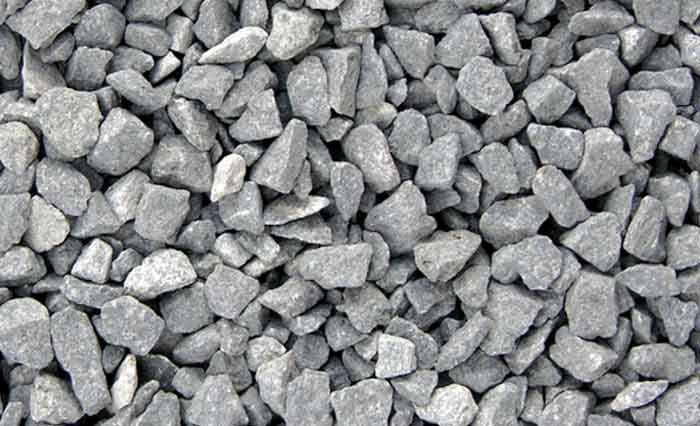
Also, the larger pieces will offer less surface area of the particles than any equivalent volume of the small pieces.
One can easily use the largest permissible maximum size of coarse aggregate that permits the reduction in cement and water requirements. It will allow the area below to become void, to become filled with finer particles of sand and cement only.
Fine Aggregates: Fine aggregates are those particles that pass a 9.5mm sieve, almost entirely passing the 4.75mm sieve, and predominantly retain on a 75micro meter sieve.
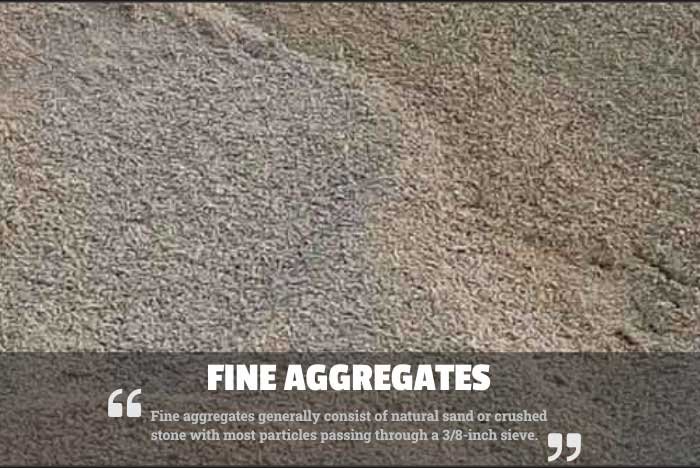 The increased workability and for the economy as well can be reflected by the use of less cement. It must be rounded in shape and the purpose of the fine aggregate is to fill all the voids in the coarse aggregate to act like a workability agent.
The increased workability and for the economy as well can be reflected by the use of less cement. It must be rounded in shape and the purpose of the fine aggregate is to fill all the voids in the coarse aggregate to act like a workability agent.
Aggregates on the Basis of Unit Weight
Lightweight Aggregate
Lightweight aggregate can either be natural just like pumice, sawdust, rice husk, volcanic cinders, scoria, an artificial such as sintered fly ash, bloated clay, coke breeze, or expanded perlite, etc.
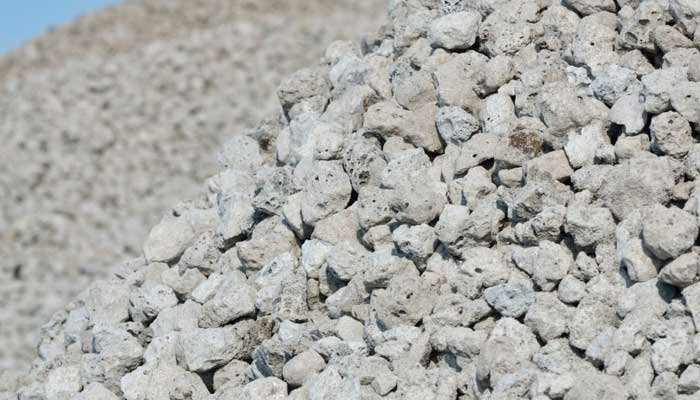 Now, these aggregates are usually used to reduce the weight of the structure with thermal insulation and fire resistance. The question is what is aggregate defines all kinds of aggregate which are used worldwide. And lightweight aggregate is one of the popular aggregate.
Now, these aggregates are usually used to reduce the weight of the structure with thermal insulation and fire resistance. The question is what is aggregate defines all kinds of aggregate which are used worldwide. And lightweight aggregate is one of the popular aggregate.
Normal Weight Aggregate
Normal weight aggregate must produce concrete with unit loads ranging from 23 to 26 KN/m3 with certain gravity between 2.5 and 2.7.
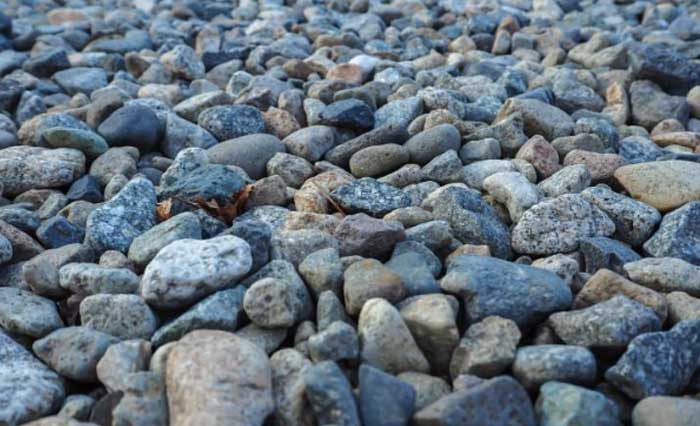 It also has a crushing strength at 28 days between 15 to 40 MPa. Here the commonly used aggregates are gravel, sand, and crushed.
It also has a crushing strength at 28 days between 15 to 40 MPa. Here the commonly used aggregates are gravel, sand, and crushed.
Heavy Weight Aggregate
These aggregates have specific gravities ranging from 2.8 to 2.9. Also, the unit weights from 28 to 29 kN/m3 that is termed heavyweight aggregate.
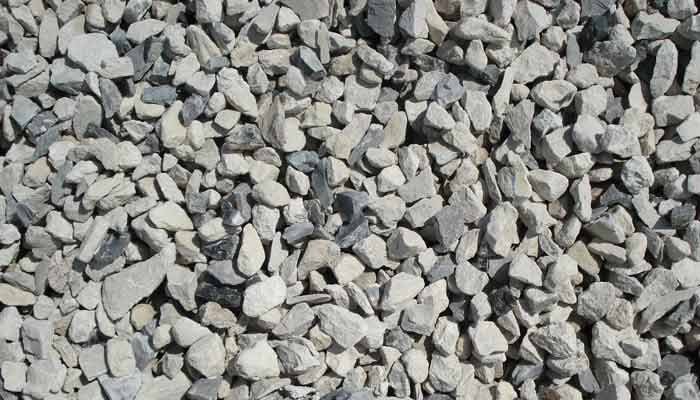 Heavy Weight Aggregate also has magnetite Fe304, barytes( BaSO4), and scrap iron that are used in the manufacturing of heavyweight concrete.
Heavy Weight Aggregate also has magnetite Fe304, barytes( BaSO4), and scrap iron that are used in the manufacturing of heavyweight concrete.
Rounded Aggregate
Rounded aggregates also have rounded particles having minimum voids ranging from 32 to 33 percent. Here the aggregates also offer the minimum ratio of the surface area to volume thus requiring minimum cement paste for making good concrete.
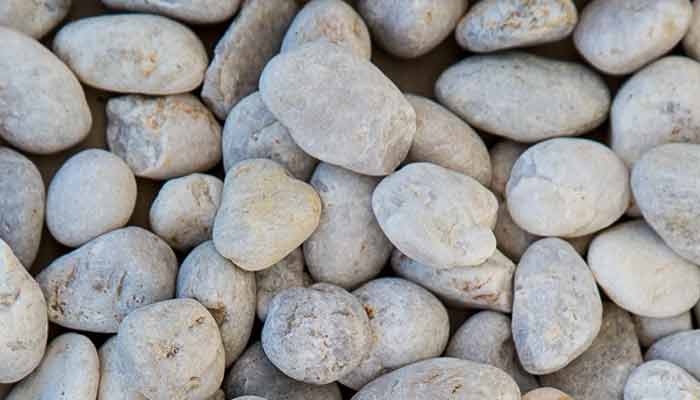 Also, the interlocking of the particles is quite less. Hence the development of bonds is unsuitable for high-strength pavement and concrete.
Also, the interlocking of the particles is quite less. Hence the development of bonds is unsuitable for high-strength pavement and concrete.
Irregular Aggregate
Irregular Aggregate is a blend of rounded and angular aggregate and here more cement paste is required for a given workability. Also, the interlocking between the particles is preferred such that it is used for high-strength concrete.
Angular Aggregate
Angular Aggregate is a set of sharp, rough, and angular particles (crush rock) called an angular aggregate. This aggregate requires cement paste to produce high-strength concrete. Also, the maximum range percentage void is around 38 to 40.
Flaky Aggregates
Flaky aggregates are least in dimensions and the thickness of these aggregates is less than ⅗ that of the mean dimensions. It is called flaky aggregates. These aggregates have the greatest dimension i.e, length is usually greater than 9/5 that of its mean dimension.
And I also want to add one more thing that types of steel are also a very important part of aggregate.


